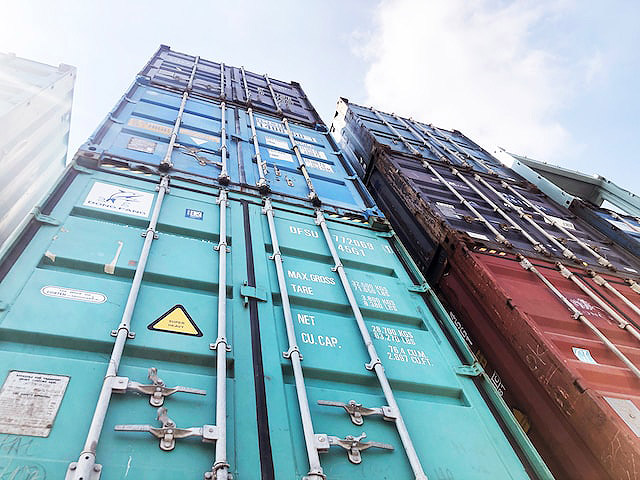
-
The Bureau of Customs and the Association of International Shipping Lines will share data on foreign containers’ movement and dwell time in Philippine ports
-
BOC and AISL signed a MOA that will enable BOC to put into operation a centralized ICT-enabled system as envisioned in CAO 08-2019
-
AISL will grant BOC comprehensive online access to its Automated Container Movement Monitoring System and database
The Bureau of Customs (BOC) and the Association of International Shipping Lines (AISL) will share data on foreign containers’ movement to monitor dwell time of containers in Philippine ports.
In a statement sent to PortCalls, AISL president Patrick Ronas said the memorandum of agreement signed between BOC and AISL on July 21 “will enable BOC to operationalize and implement within a short span of time the centralized ICT-enabled system envisioned in Customs Administrative Order No. 08-2019 to ensure effective monitoring of the dwell time of all containers by tracking the movement of containers in all customs ports”.
Ronas noted: “The MOA on data sharing will also ensure proper collection of government revenues from overstaying containers as a source of non-traditional revenues.”
CAO 08-2019 provides guidelines and procedures to monitor and control movement of all containers, whether loaded or empty, in seaports in the Philippines.
RELATED READ: BOC formalizes tracking, control procedures for container movements
Prior to the MOA, Ronas said BOC monitors the dwell time of containers only through periodic reports sent by the carriers.
Under the agreement, Ronas said AISL will provide BOC with comprehensive online access to its web-based Automated Container Movement Monitoring System (ACMMS) and database.
The system includes a dashboard showing the total number of (arriving) containers that have been discharged, loaded (re-exported), overstaying containers, and container dwell time in all customs ports.
ACMMS also has a system-generated alert notification for import containers that reach the dwell time of 76 calendar days from the date of arrival/discharge. This is two weeks before the maximum allowed dwell time period of 90 days.
The system provides other relevant electronic information that BOC may require for the full-cycle monitoring of import containers in accordance with CAO 08-2019.
Ronas said ACMMS is a system owned by AISL but developed with the BOC in the last two years. He said AISL is shouldering all costs related to ACMMS system development, maintenance and continued operations.
ACMMMS is operational and data buildup already being done with a few shipping lines. The target is to have all carriers onboarded in 30 days, coinciding with effectivity of the MOA.
“We believe that international carriers and the Bureau of Customs should continue to work hand in hand in addressing issues of concern to both, as we are partners and enablers and are one with government in continuing to sustain the growth of our country’s economy,” Ronas said.
AISL is an association of international carriers that call on Philippine ports. It has 36 member carriers.
CAO 08-2019 states that the shipping line or carrying vessel is accountable for the movement, storage, monitoring and inventory of containers, whether carrier-owned, leased, or shipper-owned.
Arriving containers, whether loaded or empty, must be re-exported within 90 days from the date of discharge of the last package, CAO 08-2019 states. Containers not re-exported within the prescribed period will be considered an importation, which means their owners will have to pay duties and taxes. Containers are considered overstaying after the prescribed period has lapsed. – Roumina Pablo
RELATED READ: AISL: PPA container registration system encroaches on BOC mandate




